Ethereal yet rhythmic, unique yet accessible, Zainab Lax‘s music takes you on a sonic journey that traces her own biography. The multi-instrumentalist began playing the harp at the age of seven at a conventional German music school. Her first instrument was the Irish harp, which is just small enough for children’s hands. After years of honing her skills and moving on to the pedal harp, the artist wanted to depart from the narrow teachings of Western classical music. Zainab became increasingly interested in traditional styles of music from Asia and the Middle East, especially Indian classical music. She found her passion for the genre in its openness to improvisation. After finishing school, she studied with experts in Iranian music and spent a year in India taking music lessons. Zainab uses all these influences to create her unique sound that doesn’t follow any particular tradition.
Sonic Exploration of Belonging
Zainab Lax has roots in Germany, Turkey, Afghanistan, and Turkmenistan, and music plays a large part in her family life. Her father is a musician himself, and Zainab grew up surrounded by instruments and tapes from all over the world. When she showed interest in the harp, her encouraging mother signed her up for lessons. The artist told me how expressing herself through music gave her confidence and a sense of identity.

Photo by Minaaaaa
“I have been asking myself this question for a long time: where do I belong? In which country do I feel at home? And then I got the feeling that I can actually feel at home anywhere and at any time in music. That is why my EP is called ‘Home’. I want people to hear that and maybe have that feeling too”.
Fast forward to today, when she has picked up the Indian sarod and the Iranian tar and is working with a loop station, fusing all the sounds of her past and present into a cohesive soundscape. What remains in the foreground, however, is the harp. Occasionally, she will invite collaborators but most of the time, it is just her and her instruments on stage or at the studio. “I record at home, where other people’s influence doesn’t affect me. Sometimes I feel intimidated when others are around”. The artist enjoys having full control over the creative process and being independent in a largely male-dominated industry. Having been mansplained or underestimated one too many times, Zainab is now keen to work with women and other gender minorities. And most importantly, people “who listen to each other and give each other space”.
Through Body and Mind
When Zainab Lax returned from her travels, she enrolled at the ArtEZ Conservatory in Enschede, the Netherlands, to study music therapy. Music therapy uses singing, dancing, and playing instruments as therapeutic methods. The artist describes that “music is directly connected to our heartbeat and our respiration. It can, for example, influence our pulse, activate or slow us down”. Music is a breath from your lungs, fingers drumming on the table, or clapping hands. It is hands gently plucking the strings of a harp or beating out rhythms on a drum. As trauma and anxiety often reside in the mind, spirit, and body, music therapy is especially useful when working with people who suffer from PTSD (Post Traumatic Stress Disorder).
Recognizing this, Zainab Lax crowdfunded a van and some musical instruments after her graduation. With those resources, she developed workshops for refugees and Displaced People using music and music therapy to empower and deal with trauma. Everyone can come to her sessions; children and adults alike are invited to pick up an instrument and join in. Much like her approach to making music, Zainab aims to create spaces where people can flourish at their own pace.
“Music therapy can help with trauma processing. As a music therapist, I help traumatized refugees reduce their emotional stress and anxiety levels and get into contact again with emotions that are not dominated by trauma.”
Music as Empowerment
“If you have had to flee your home country, you may feel uprooted. You left everything behind. You’re in a country where everything is unfamiliar. People behave differently, the weather is different and you are full of uncertainty. In that case, something you know from home can give you a lot of support”. And that something can be as little as a song. Despite language barriers, Zainab Lax has seen people find joy and pride in sharing the sounds of their homelands at the workshops. Others prefer to pick up on the sounds of their new home. Children in particular are often eager to learn charting hits that they listen to with their friends during school breaks. Either way, music is a great tool for regaining a connection to emotions, exploring and expressing identity, and engaging in a community. “As a non-verbal medium, [music] gives various possibilities of expressing feelings in a less confronting way,” Zainab explains on her website.

Photo by Visual Baklava
“It is nice to see how a community develops when [participants] work up the courage to sing and dance. People start to empower each other. At some point, I realise that they don’t need me anymore because they’ve already started jamming before I even get there. That’s when I know that empowerment really works.”
Zainab developed her own approach to music therapy as a communal practice. Her community music therapy sessions are about empowerment, expressing emotions, and having fun as a group, but she sees many positive effects beyond that: “When [the participants] come regularly, you can see a process. People start to express themselves. For some people, there is even a huge difference between the beginning and the end of a session. I feel that sometimes they need to let out everything that’s going on inside”.
Teaching for Change
Zainab Lax applies a range of tools and approaches that she learnt while studying music therapy. But she has also adapted her practice to the circumstances of working in a group setting and with Displaced People and those suffering from PTSD. She has initiated music programmes for refugees in several regions of Germany and supported various projects, including music therapy programmes for children, unaccompanied minors, and women in a refugee camp on the Greek island of Lesbos. Her important work has been recognised by the university. Already during her studies, she challenged ArtEZ’s Eurocentric views and urged them to offer more than just Western music theory and styles. Zainab now teaches at ArtEZ herself with a focus on cultural sensitivity and community music therapy.
Between performing and teaching, the artist is still involved in putting her methods into practice. One of her main projects is the “Kofferraum voller Instrumente” (‘boot full of instruments’) as part of the ArtAsyl organisation in Cologne, where she takes the van filled with musical instruments around the city to engage with people through music. If you want to get involved, check out their website or keep an eye on their Instagram for updates on their workshop programme. You can also donate instruments or money.
Zainab Lax‘s journey reflects the transformative power of art. As her music weaves through cultures, so does her commitment to community music therapy. Every note is a step on the path to healing and empowerment. In each composition, she extends an invitation to explore, connect, and find solace within the gentle cadence of her songs.
Keep up with Zainab Lax on Instagram and Spotify for updates on gigs and new releases.



